12.07.17
How to be more innovative in HR

Employee satisfaction used to be enough. As long as the working environment was safe and pay was fair, what more could a ‘worker’ expect? HR in those times could afford to be fully reliant on process. Innovation wasn’t necessary.
For a while we’ve been developing this HR Innovation Curve, designed to show exactly where we need to be focusing our attention if we want to be our best, most innovative selves and build the best organisations we can. It also tells the story of this evolution of needs.
As we know, things evolve. Over the last couple of decades, the needs and expectations of people have been rapidly ascending Maslow’s pyramid and this has meant that HR teams have had to continually up their game
In the early 2000s, we moved beyond employee satisfaction and organisational commitment to try to build a sense of citizenship. Investment was high, we saw more HRDs on organisational boards, and the ‘war for talent’ was big news, with pioneering HR programmes attracting, developing and retaining great people to maintain competitive advantage.
Next, the psychometric market exploded, with a raft of different tests claiming to be the best way to understand ourselves and others better. This was supported by leadership development budgets for those deemed to be ‘Top Talent’ (decided by nine-box grids or bell curves), and Employee Assistance Programmes for those dealing with less competent managers and working practices. Strategically making the most of all this development, the awards market cranked into life, full of organisations applying (and paying) to be benchmarked against those in totally different markets/industries and sectors.
Before very long, citizenship wasn’t enough. High employee engagement was vital for organisations to maintain their competitive edge, and the surveys to measure this seemed to became mandatory (see here for my views around the survey approach). HR teams were working hard to tap into the ‘discretionary effort’ that engaged people give to their work with fabulous impact on performance and the bottom line. But this led to a huge industry in EE and incredible amounts of champion teams actioning all the levers to influence how everyone feels at work. When we realised clarity was a lever for engagement, we created heavy process-driven performance management and appraisal systems, kicking off the need for data analysis to ensure this mass of people info was being used impactfully. At the same time came the focus on competencies, with some frameworks stacking up to over 300 competencies, which people were rated against.
And now, here we are acting as if the big hot potato ‘wellbeing’ is another initiative to build engagement. It’s not. It’s everything we have done so far and more. It’s about going beyond simply empowering people to influence their organisations to supporting them to thrive and flourish at work and beyond. It means we have to step up and do more. Much more. Not just recommunicate the EAP we introduced ten years ago and remind everyone what it’s for. Not just help people recognise and deal with the symptoms of negative workplaces creating mental ill health. Not just offer gym memberships, yoga or healthy snacks for people to feel better despite the major causes of workplace stress being ignored.
We need authentic, positively-focused leaders who know how to empower their teams and can tap into intrinsic motivators and harness their collective intelligence.
We need a culture where people actually want to have conversations around performance, because the focus is on developing our strengths, and supporting us to be self-actualised at work and beyond.
We need a deeper understanding of what latest research tells us really truly impacts positive wellbeing – Positive Emotions, Engagement, Positive Relationships, Meaning and Achievement – and we need to support people to develop the skills to keep strengthening their own and others’ wellbeing in the future.
This increasingly digital world is going to challenge us in innovating beyond tech, innovating as humans and not losing the human feel and connection through to the unknown of the future.
We continually review our past and present in order to best enter our future (Seligman et al., 2016). So we should be doing so now in HR in how we have supported people and organisations over time to ensure we best enter our future and shape it.
Click here to read our article that explains our approach to supporting wellbeing in organisations, and contact us now to find out how we help people build better organisations. We have programmes for Wellbeing, Strengths Based Leadership and Performance Motivation and would love to chat.
References
M. E. P. Seligman, P. Railam, R. F Baumeister and C. Sripada (2016). Homo Prospectus. London: Oxford University Press.
Alex Bailey
